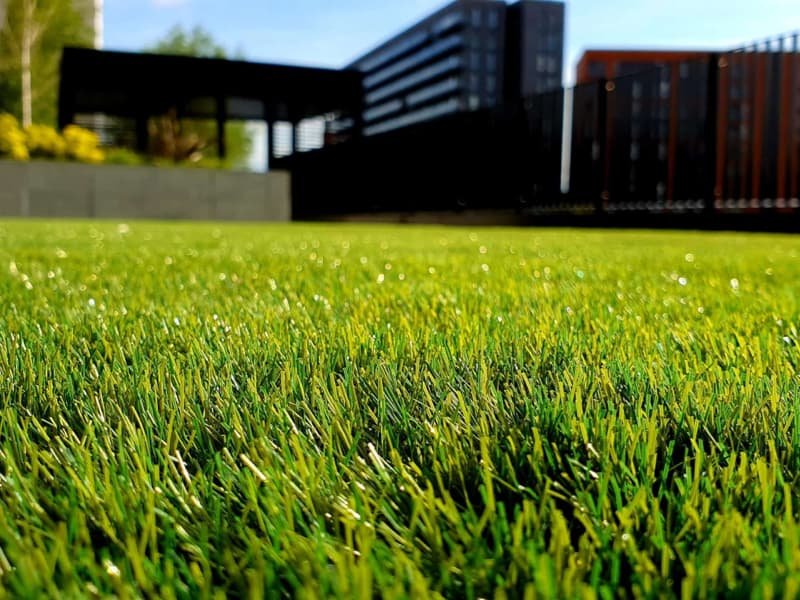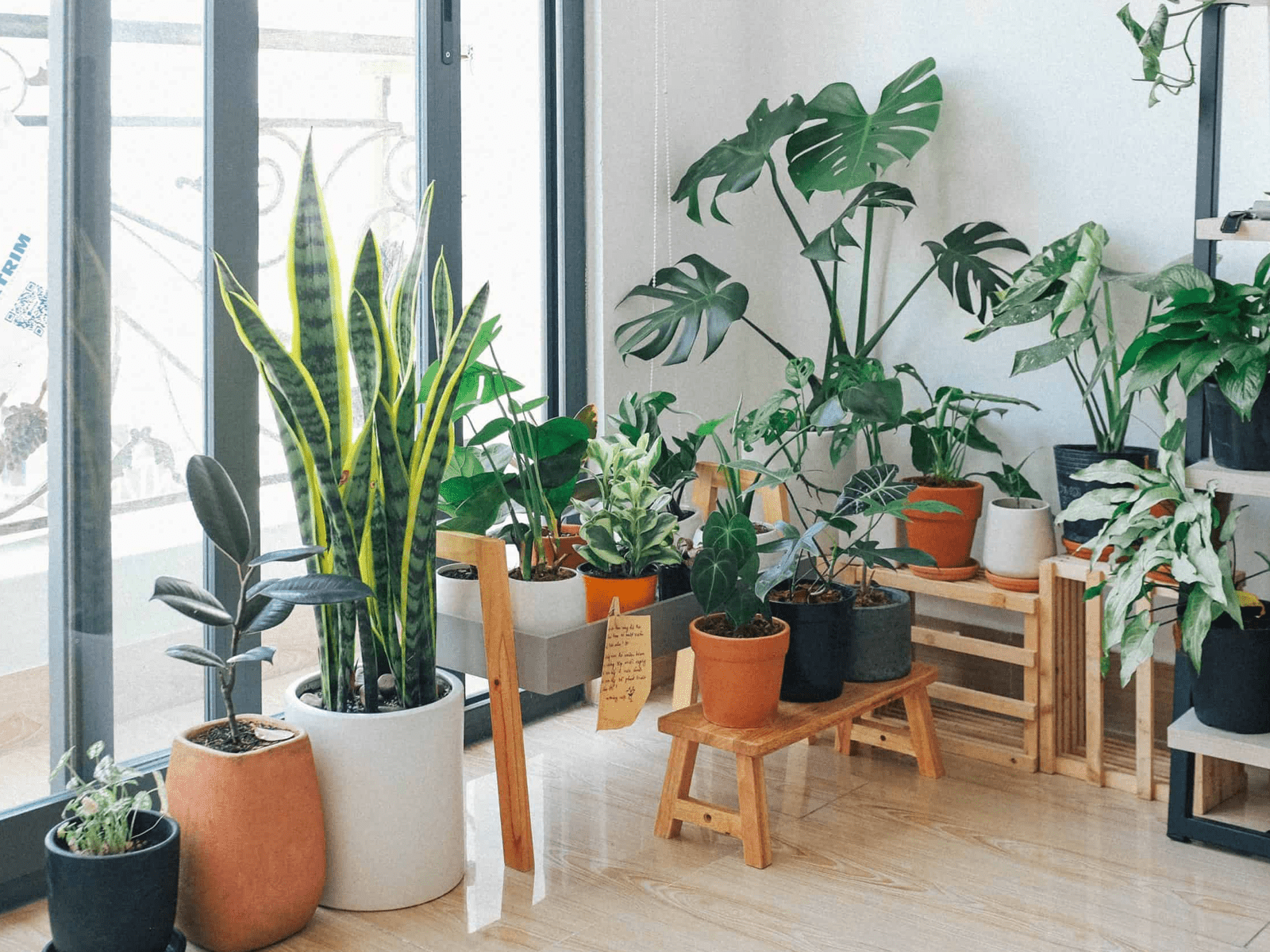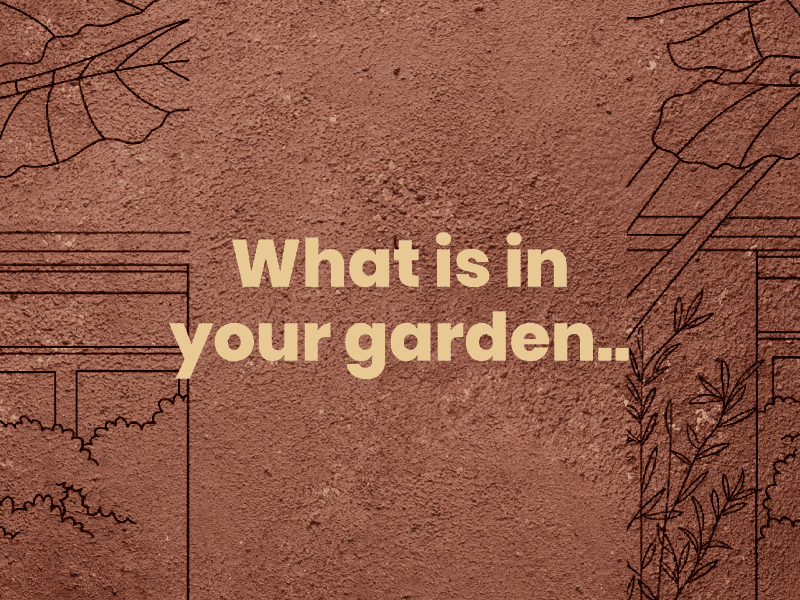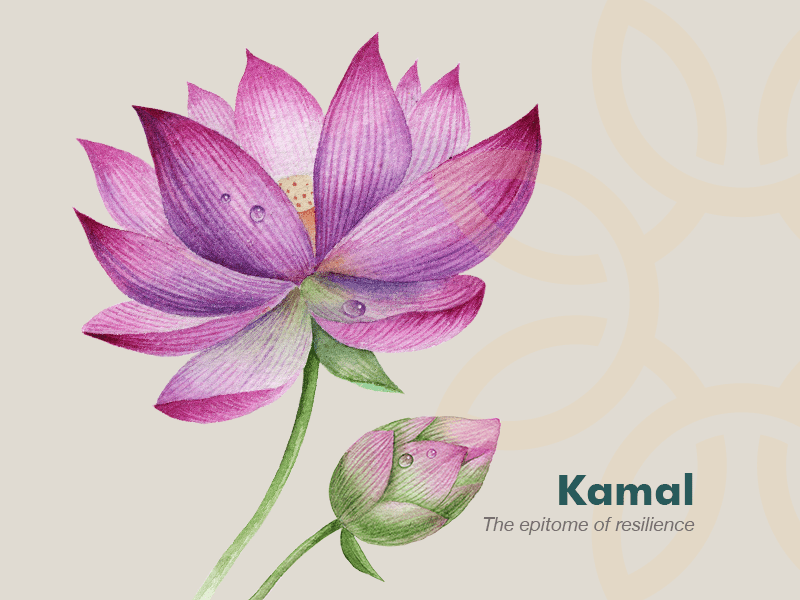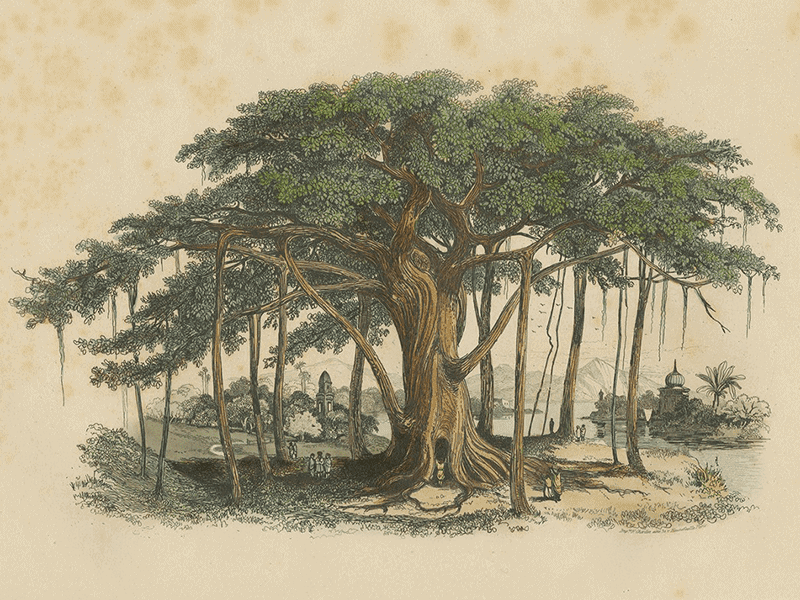The Covid-19 pandemic has brought several changes in the way we live and work today. One of them being co-living with plants.
The rise of indoor gardening in urban cities in the last two years has been significant with people growing their own food to making plants central in home décor. However, the after-effects of this rising trend are visible more now, than ever.
Thanks to the internet, one can now buy plants online – just like any other non-living thing. Thanks to technology, plants can be mass produced in almost any climatic condition – making them an exotic. And thanks to transportation, such plants can be introduced them in any part of the world – making them aspirational.
Problems with such gardening practices are infinite, not only for gardeners but also for our environment. From reducing plant survival, increasing a garden’s maintenance costs, to dispersing local biodiversity and degrading soil quality, there are several challenges that exotic gardens pose.
Hence, while starting an indoor or outdoor garden, one must consider these three aspects:
1) Origin of plants

Choose native or indigenous plants over foreign-origin or exotic species. The more exotic, the more maintenance.
For instance, in place of Bougainvillea one can use Madhumalti or Rangoon Creeper. Thunbergia Grandifora over Morning Glory. There are several native plants of India which can complement one’s space in terms of style or design as well as help butterflies, bees to flourish.
2) Choice of materials

There is a problem of plenty when it comes to selecting gardening products such as pots or planters. Majority of these products are made of non-eco-friendly materials such as plastic, resin, concrete.
On the other hand, natural elements such as terracotta (clay), metal, wood, or bamboo, natural fibres not only give a sophisticated look but also a nurturing environment for plants.
3) Thoughtful planting

Plants make a great addition to décor. However, this experience can be daunting if style takes over sustainability. It is imperative to strike a balance between science and aesthetics.
Simple techniques such as selecting plants to suit light + space conditions, reducing clutter, choosing the right materials, can help in creating a self-sustaining home garden.

















